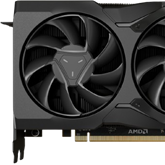DirectX 12 vs DirectX 11 - Test wydajności Rise of the Tomb Raider
- SPIS TREŚCI -
- 1 - Lara Croft: Tajemnica bibliotek DirectX 12
- 2 - Miejsce testowe i metodyka pomiarowa
- 3 - Platforma testowa i wykorzystane sterowniki
- 4 - Test Rise of the Tomb Raider (Core i3-4170) - 1920x1080 / High / SMAA / DirectX 11
- 5 - Test Rise of the Tomb Raider (Core i3-4170) - 1920x1080 / High / SMAA / DirectX 12
- 6 - Test Rise of the Tomb Raider (Core i5-4460) - 1920x1080 / High / SMAA / DirectX 11
- 7 - Test Rise of the Tomb Raider (Core i5-4460) - 1920x1080 / High / SMAA / DirectX 12
- 8 - Test Rise of the Tomb Raider (Core i5-4690K OC) - 1920x1080 / High / SMAA / DirectX 11
- 9 - Test Rise of the Tomb Raider (Core i5-4690K OC) - 1920x1080 / High / SMAA / DirectX 12
- 10 - Test Rise of the Tomb Raider (FX-6300) - 1920x1080 / High / SMAA / DirectX 11
- 11 - Test Rise of the Tomb Raider (FX-6300) - 1920x1080 / High / SMAA / DirectX 12
- 12 - Podsumowanie - Bolesny cios poniżej pasa?
Platforma testowa i wykorzystane sterowniki
Wszystkie pomiary zostały przeprowadzone na systemie operacyjnym Windows 10 64-bit. Synchronizacja pionowa była wyłączona nawet jeśli wymagało to edytowania plików konfiguracyjnych. Na wykresach dłuższy słupek oznacza średnią liczbę klatek, natomiast krótszy minimalną. Test zostały wykonane przy wymuszeniu zegara wysokiej rozdzielczości za pomocą programu TRT Tweaker.
Wykorzystane sterowniki:
- AMD Radeon Crimson 16.3.1 Hotfix
- GeForce Game Ready GeForce 364.51 WHQL
| Model | Zdjęcie | Dostarczył | |
| Płyta główna |
ASUS Z97 Maximus VII Formula LGA 1150 |
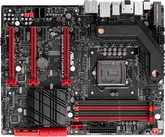 |
 |
| Płyta główna |
Gigabyte GA-990FXA-UD5 |
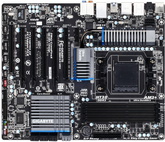 |
 |
| Pamięci RAM |
|
 |
 |
| Dysk SSD | Samsung SSD 850 Pro 1TB |
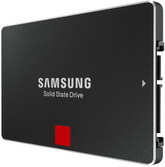 |
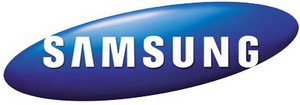 |
| Zasilacz | Be quiet! Dark Power Pro P10 1200W |
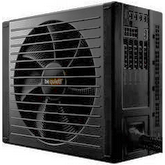 |
 |
| Monitor | ACER XB280HK |
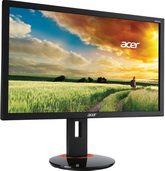 |
 |
|
Monitor |
ASUS ROG Swift PG278Q |
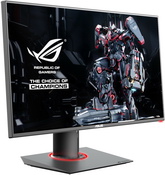 |
|
| Chłodzenie | Enermax LiqTech 240 |
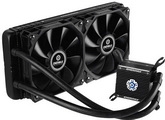 |
 |
|
Mysz |
Razer Mamba 2015 |
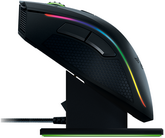 |
 |
|
Klawiatura |
Razer Black Widow Chroma Tournament |
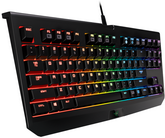 |
 |
- « pierwsza
- ‹ poprzednia
- 1
- 2
- 3
- 4
- 5
- 6
- 7
- 8
- 9
- …
- następna ›
- ostatnia »
- SPIS TREŚCI -
- 1 - Lara Croft: Tajemnica bibliotek DirectX 12
- 2 - Miejsce testowe i metodyka pomiarowa
- 3 - Platforma testowa i wykorzystane sterowniki
- 4 - Test Rise of the Tomb Raider (Core i3-4170) - 1920x1080 / High / SMAA / DirectX 11
- 5 - Test Rise of the Tomb Raider (Core i3-4170) - 1920x1080 / High / SMAA / DirectX 12
- 6 - Test Rise of the Tomb Raider (Core i5-4460) - 1920x1080 / High / SMAA / DirectX 11
- 7 - Test Rise of the Tomb Raider (Core i5-4460) - 1920x1080 / High / SMAA / DirectX 12
- 8 - Test Rise of the Tomb Raider (Core i5-4690K OC) - 1920x1080 / High / SMAA / DirectX 11
- 9 - Test Rise of the Tomb Raider (Core i5-4690K OC) - 1920x1080 / High / SMAA / DirectX 12
- 10 - Test Rise of the Tomb Raider (FX-6300) - 1920x1080 / High / SMAA / DirectX 11
- 11 - Test Rise of the Tomb Raider (FX-6300) - 1920x1080 / High / SMAA / DirectX 12
- 12 - Podsumowanie - Bolesny cios poniżej pasa?
Powiązane publikacje
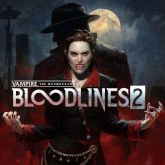
Test wydajności Vampire: The Masquerade Bloodlines 2 - Jakie wymagnia sprzętowe? Mroczna strona Unreal Engine 5
60
Test Clair Obscur: Expedition 33 - Analiza jakości obrazu, wydajności DLSS 4 oraz wpływu Multi Frame Generation na opóźnienia
97
Test Battlefield 6 - Analiza jakości obrazu, wydajności DLSS 4 oraz wpływu Multi Frame Generation na opóźnienia systemowe
214
Test wydajności Battlefield 6 - Wymagania sprzętowe nie zabijają, ale graficznie również bez fajerwerków
163